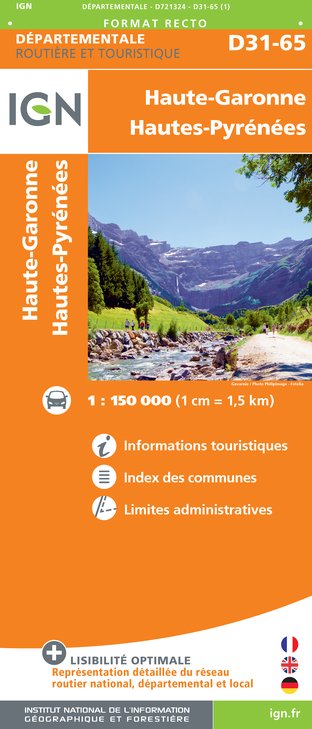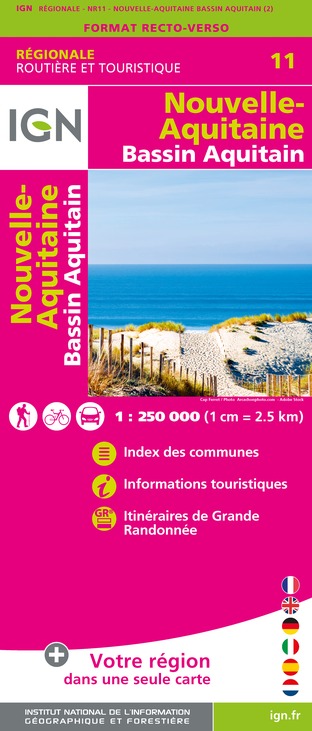Alert
Alerts
Jean Moulin street
Description
You are now in Jean Moulin Street, this is no other than the end of Long Street which as its name suggests was the longest in the village, leading from one gate to another in the Middle Ages.
On the corner where the two streets meet, at number 32, the decoration a wrought iron door knocker of this building from the XVIII century draws your attention.
Walk to the middle of this street.
Further on, in the middle of the road, on the right, is “Rue des boulangers” which means bakers' street that offers an unexpected perspective of the cathedral’s porch and reminds us of the occupations of the traders and craftsmen, employed by the bishopric and the canons.
Let’s carry on walking down Long Street, until we reach numbers 14 and 12. These timbered brick-lined houses date from the XV century with a one story corbel, which evokes a medieval town.
The end of Jean Moulin Street is cut by Pénitents street which corresponds to modern accommodations made by the sub-prefecture in order to aerate the medieval city centre and to give direct access to the new Boulevard des Pyrénées. Why this current name? To remember the Brotherhood of Penitents whose premises occupied that location. This street was also called “Desired Street” because the inhabitants had been waiting for it for centuries.
Walk across the road into Republic Street which is the new name of this part of the old “Longue Street”.
Technical Information
Altimetric profile
IGN cards








Data author
